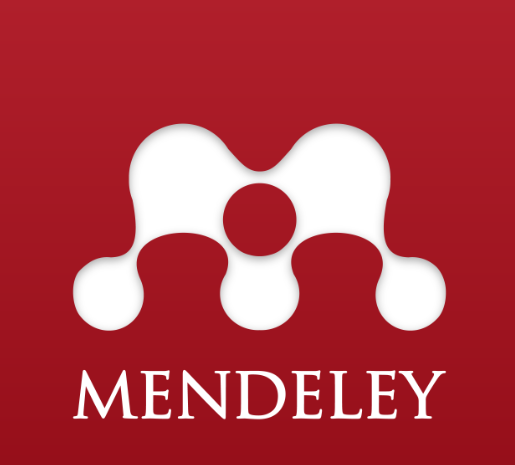MEMPREDIKSI KEBANGKRUTAN PERUSAHAAN PERBANKAN (STUDI PADA PERUSAHAAN PERBANKAN YANG TERCATAT DI BEI)
DOI:
https://doi.org/10.22219/jmb.v4i2.5292Abstract
The purpose of this study is to determine the most influential ratio of CAMEL on bankruptcy of banking companies listed on the Stock Exchange. The other purpose is to predict bank bankruptcy. The result resesarch found that the ratios of CAMEL have a positive and significant effect in predicting bankruptcy of the banking company. The ratio of capital adequacy ratio (CAR) is accurate for predicting bank bankruptcy with a significance level of 0.014. It could be suggested that banks management should be pay more attention to the ratio of capital adequacy ratio (CAR) because it can provide a positive influence on the prediction of bank bankruptcy. Investors should be also pay more attention to the CAR when making a decision to minimize the risk. Further research should be consider other than CAMEL ratios, for example, aspects of compliance including Maximum Lending limit (LLL), reserve requirement (GWM), and Net Open Position (NOP).
Keywords: Predicting Bankruptcy, CAMEL and CAR.
Downloads
Downloads
Published
Issue
Section
License
Authors who publish with this journal agree to the following terms:
- Authors retain copyright and grant the journal right of first publication with the work simultaneously licensed under a Creative Commons Attribution-ShareAlike 4.0 International License that allows others to share the work with an acknowledgment of the work's authorship and initial publication in this journal.
- Authors are able to enter into separate, additional contractual arrangements for the non-exclusive distribution of the journal's published version of the work (e.g., post it to an institutional repository or publish it in a book), with an acknowledgment of its initial publication in this journal.
- Authors are permitted and encouraged to post their work online (e.g., in institutional repositories or on their website) prior to and during the submission process, as it can lead to productive exchanges, as well as earlier and greater citation of published work (See The Effect of Open Access).

This work is licensed under a Creative Commons Attribution-ShareAlike 4.0 International License.




71.png)





